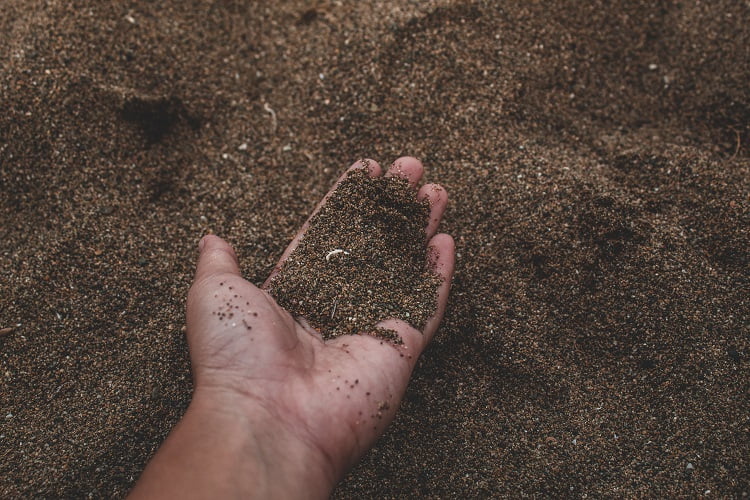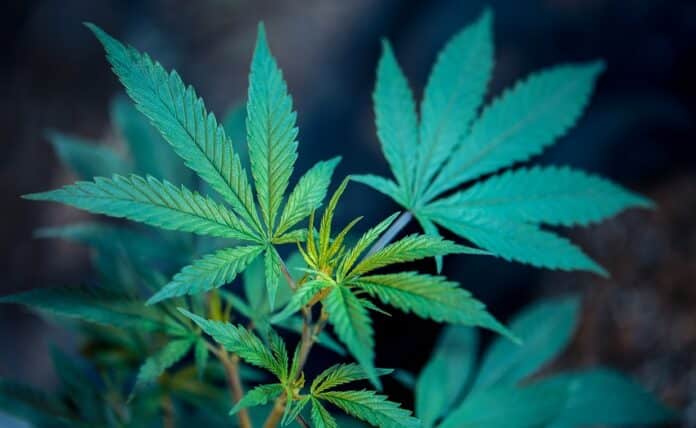Decades of rogue and politically correct science demonized cannabis, giving it the infamous “the devil’s weed” tag. However, the last twenty years have seen the lifting up of this dark veil and helped the public understand this plant for what it really is. Many countries, including the United States, have legalized it for medical and other uses.
Millions worldwide are discovering its many health and nutritional benefits and enjoying them. But what do you do after you buy cannabis seeds for growing? What are growing options available for cultivating your cannabis? This post examines the various cultivation methods.
Method by Environment
You can grow your feminized cannabis seeds in outdoor or indoor environments. Growing your plants outside greenhouses exposes them to direct environmental conditions.
Inversely, you may grow your plants indoors. When cultivating them in greenhouses, you need ventilation systems and control equipment to keep ideal growth conditions.
Whether you cultivate your plants indoors or outdoors, each method has pros and cons. Below are the advantages and disadvantages of each growing cannabis indoors or outdoors. Below are the advantages and disadvantages of each growing cannabis indoors or outdoors.
Outdoors
Outdoor cultivation is the most natural way of cultivating your crops. However, please pay attention to several factors before growing them outdoors. Your crops must have at least 8 hours of full exposure to sunlight and be close to water.
Pros
- It is the easiest cultivation method because the growing environment supplies and replenishes the necessary nutrients and moisture. However, you may frequently require some additional feed.
- Growing your crops outdoors produces larger plants and yields because they have all the necessary room for growth and expansion.
- It is the cheapest method because you only require seed and some water. Artificial lights, ventilation systems, and expensive electricity bills aren’t your portion.
- Buds grown with direct sunlight produce a better taste bud than those from indoor plants.
Cons
- This method exposes plants to potentially destructive natural elements like storms, strong winds, or heavy rains.
- It isn’t ideal for city dwellers, especially those in built-up areas.
- A careless grow area plan can expose your plants to thieves.
- Your plants are more vulnerable to disease, pests, and animal damage.
- You can’t control hours of light exposure, lengthening growth periods.
- Based on your location, outdoor growing mostly yields a single crop annually unless you use an auto-flowering strain.
Indoors
You may also opt for indoor cultivation after buying your cannabis seeds for sale. This option is ideal for city dwellers without access to large farming lands. This growing option requires a place with constant water and power supply. You can use this method to create a stable and controllable cultivation environment.
Pros
- You can fully control the growing environment: lighting, temperature, water, humidity, and CO2 levels.
- Freeing the growing environment from pests and disease is easier.
- Controlling lighting shortens growing time because you determine when flowering starts.
- You can grow cannabis throughout the year.
- Some believe that cannabis grown indoors has higher potency and quality.
Cons
- This method is expensive since it requires higher start-up capital to purchase all the necessary equipment.
- You incur ongoing power bills.
- You need extra care and maintenance because moisture and nutrients lack natural replenishment.
- You must maintain ventilation and filtering to guarantee discretion.
Method by Medium
We also categorize growing methods based on medium. Below are the top techniques with their pros and cons.
Soil
Soil is a favourite choice because of its easy usage and universal availability as a natural resource. It’s every novice grower’s best-growing option because they can add various soil mixtures, such as eggshells, worm castings, and organic waste, to boost and build compost. If you want to grow your plants in soil, https://askgrowers.com/ recommends using a blend of non-peat potting and sterilized soil with loose composition.
Pros
- Highly sustainable.
- Cost-effective.
- Has outstanding terpene content.
- Soil is user-friendly.
Cons
- It’s relatively heavy.
- Soil is vulnerable to pests.
- It’s susceptible to diseases.
Starter Plugs
You may also plant your best cannabis seeds in starter plugs. These are small and compact masses of a solid cultivation medium. The plugs expand under heat and moisture. They are ideal for seed germination and rooting cuttings. The plugs offer perfect moisture control and aeration for root regeneration. This method provides growers with a safer alternative for buying cannabis seeds.
Pros
- Easy usage.
- Legal to buy.
- They are self-sufficient.
- They’re cost-effective.
Cons
- You need a propagation device.
- The method needs constant monitoring.
- You can easily overwater your plants.
Perlite
Perlite is a volcanic rock called obsidian. After mining and crushing, the medium is exposed to extreme temperatures that evaporate moisture, helping it expand rapidly. This alternative is popular worldwide because it improves drainage and airy structure.
Pros
- It upsurges oxygen levels.
- Doesn’t affect nutrients.
- Promotes root development.
- It reduces soil weight.
Cons
- It needs regular pH testing.
- The medium needs increased watering.
- It needs more care.
Coco Coir

Coco air is a soilless medium resembling peat moss, although it’s eco-friendlier and more maintainable. Peat moss may take decades to regrow after harvesting.
Pros
- It needs smaller pots.
- You get bigger plants.
- Unlike starter plugs, you can’t overwater your plants.
- It’s reusable.
- The medium adapts well to nourishing blunders.
Cons
- It needs nutrients from the onset.
- It needs constant pH level monitoring.
- Requires hydration to activate.
Hydroponics
Hydroponics is another medium for growing your cannabis. Like other methods, it has benefits and shortcomings. Below are the advantages and disadvantages of growing your plants using this method.
Pros
- Because of closer process control, your plants yield higher output amounts from smaller growth areas.
- It produces better quality plants because of better process control.
- You can easily salvage weaker, endangered plants by paying close attention to their feeding regime and nutritional needs.
- You eliminate pesticides because there are no soil-borne pests.
- Plants mature faster, giving you six annual yields.
- With efficient monitoring, you can significantly reduce the chances of water stress affecting your plants.
- You need less space, making this method ideal for people with limited growing spaces.
Cons
- This method is expensive.
- You need a thorough knowledge of its technicalities before using it.
- It isn’t the best method for growing cannabis for recreational or personal use.
- While it protects plants from pests, pesticides, and water stress, they are still vulnerable to water-borne diseases. Moreover, water-borne diseases can be destructive and very difficult to control.
- Power outages can destroy your plants if your system depends on electricity and timers.
Final Take
You can use different methods to grow cannabis for its different uses, like health benefits. This post discussed the diverse cultivation techniques with their strengths and weaknesses. Go ahead and use these insights to make an informed decision.
Tia Moskalenko is AskGrowers’ cannabis writer specializing in interviews and has interviewed over 100 cannabis brand officials. Tia has served various sectors, although cannabis is her favourite hub. She focuses her time and energies on advancing the cannabis cause.





